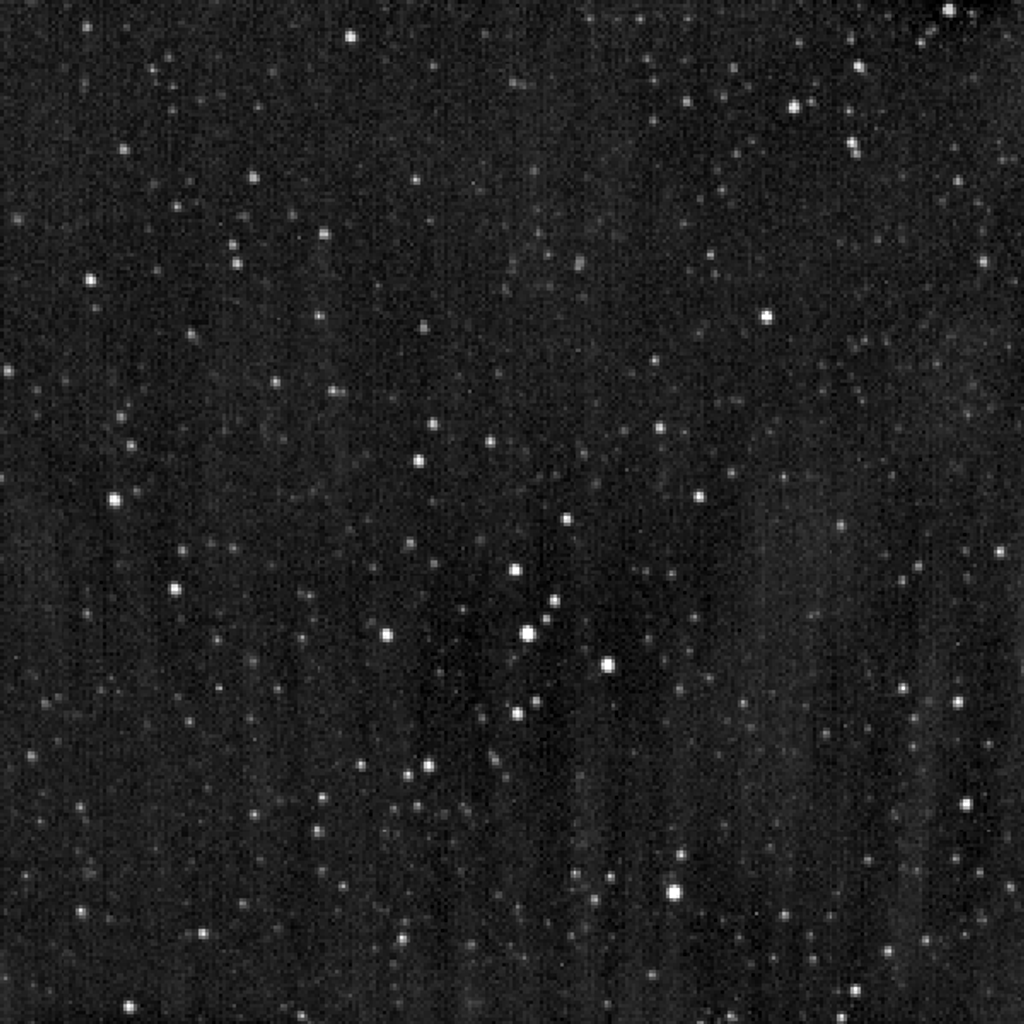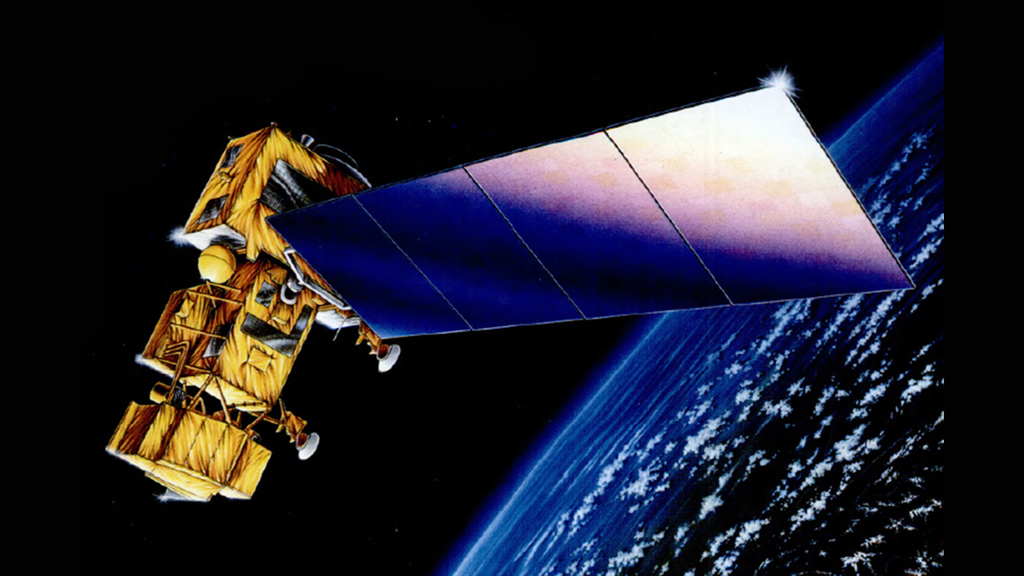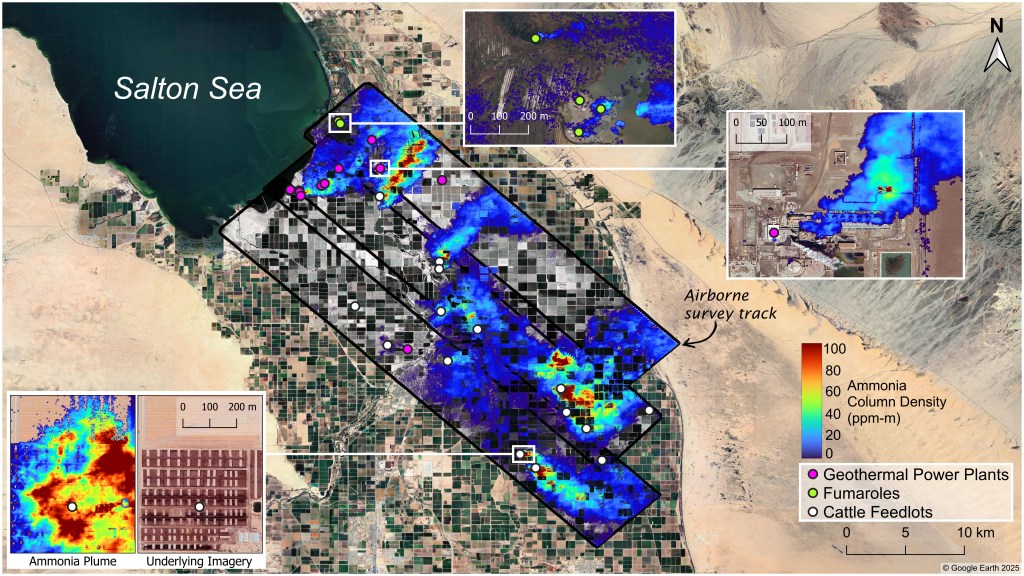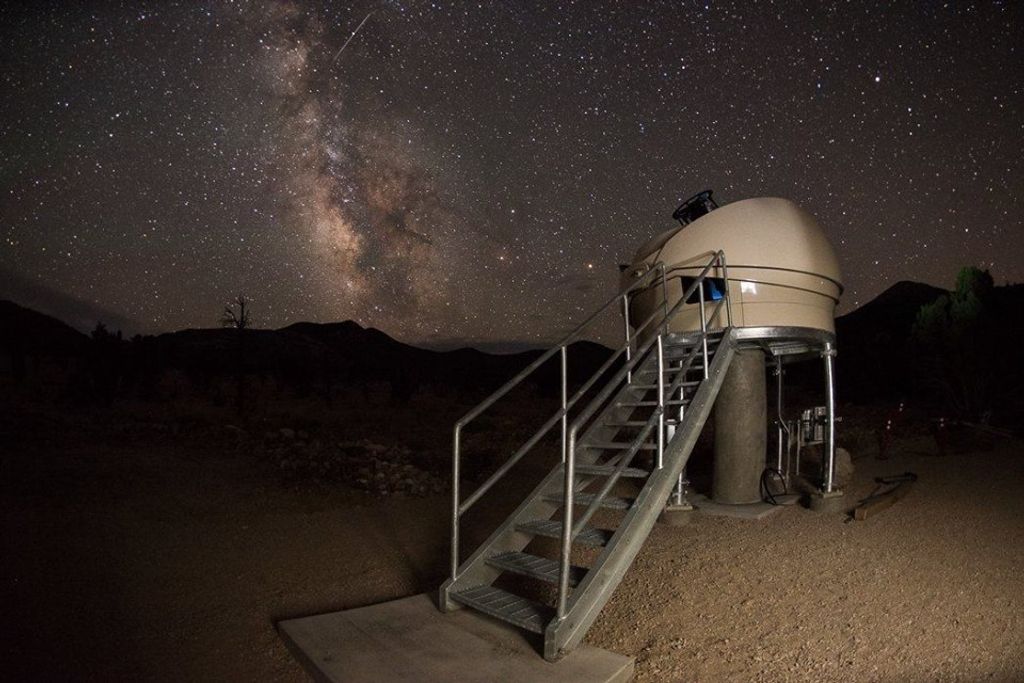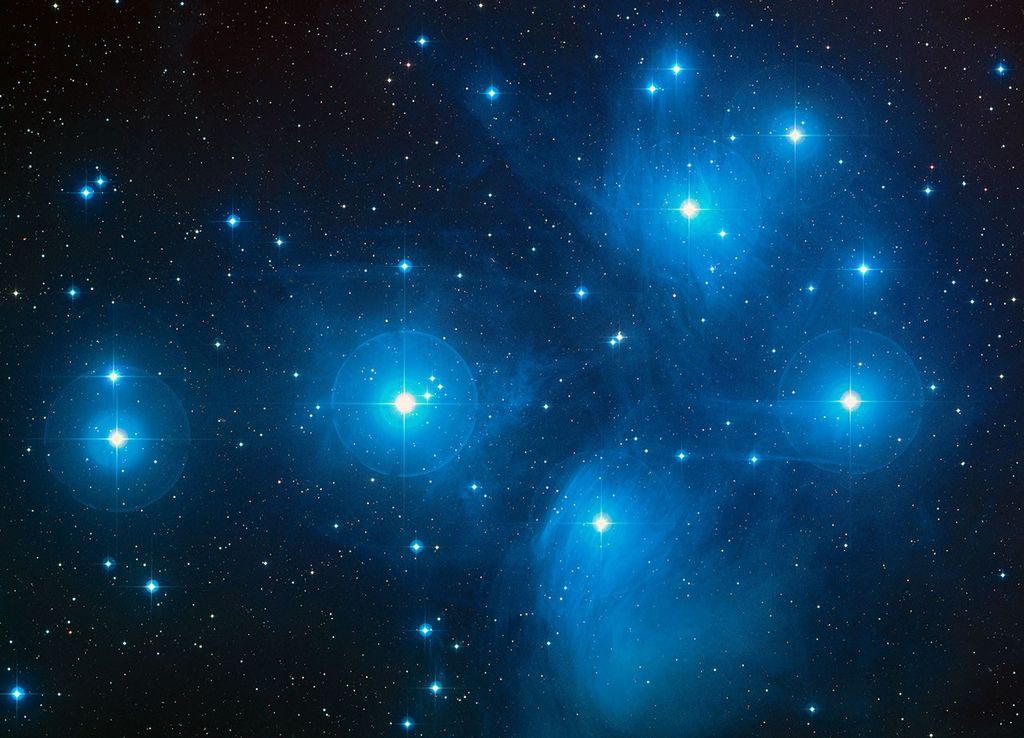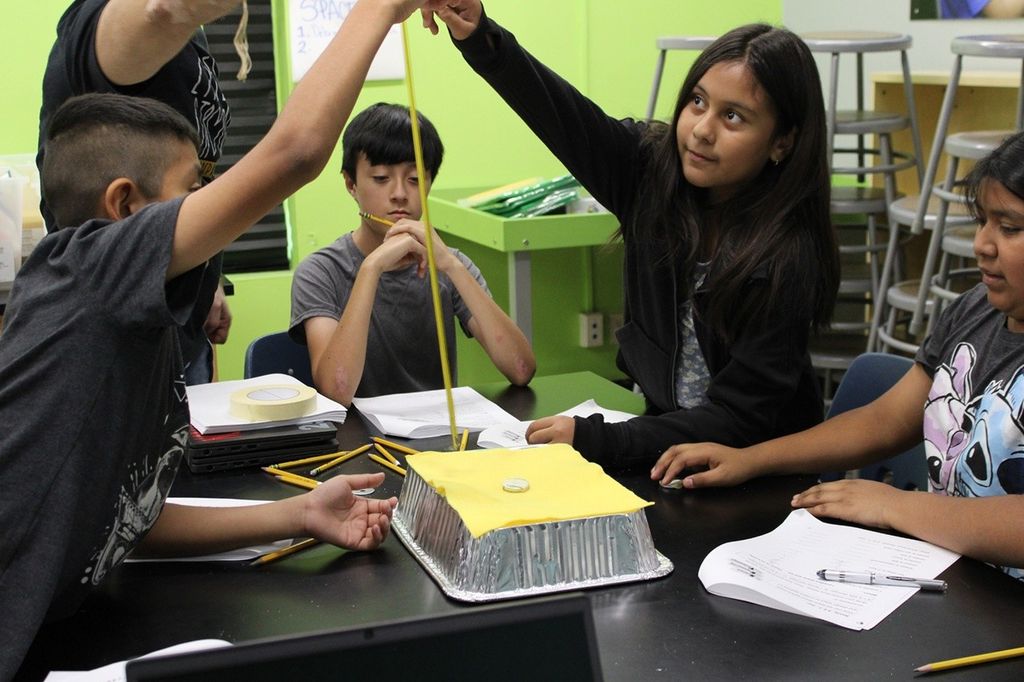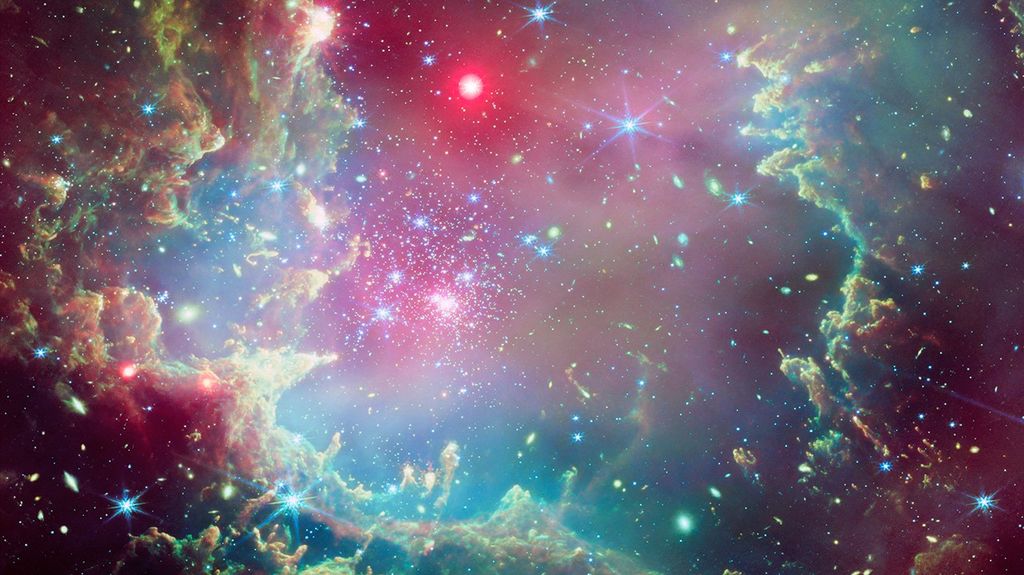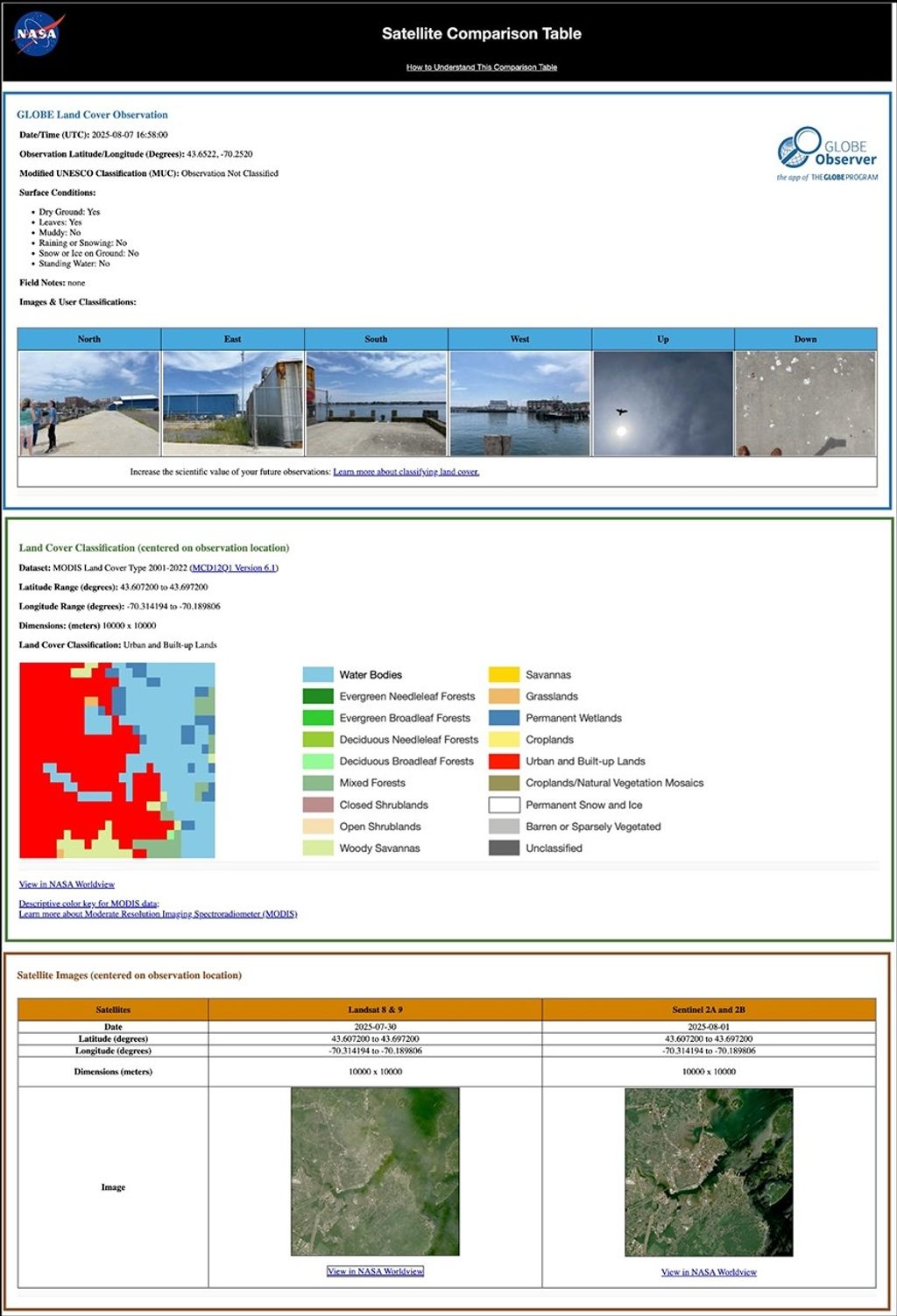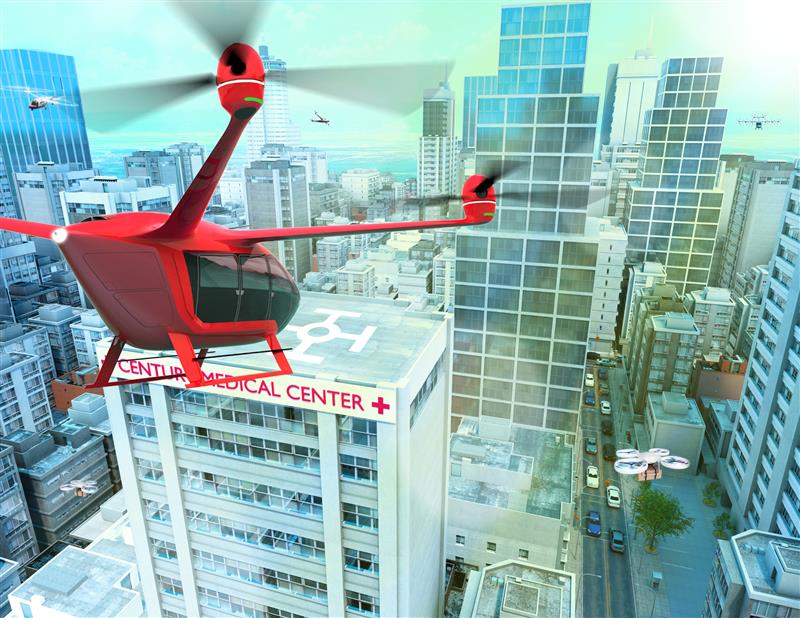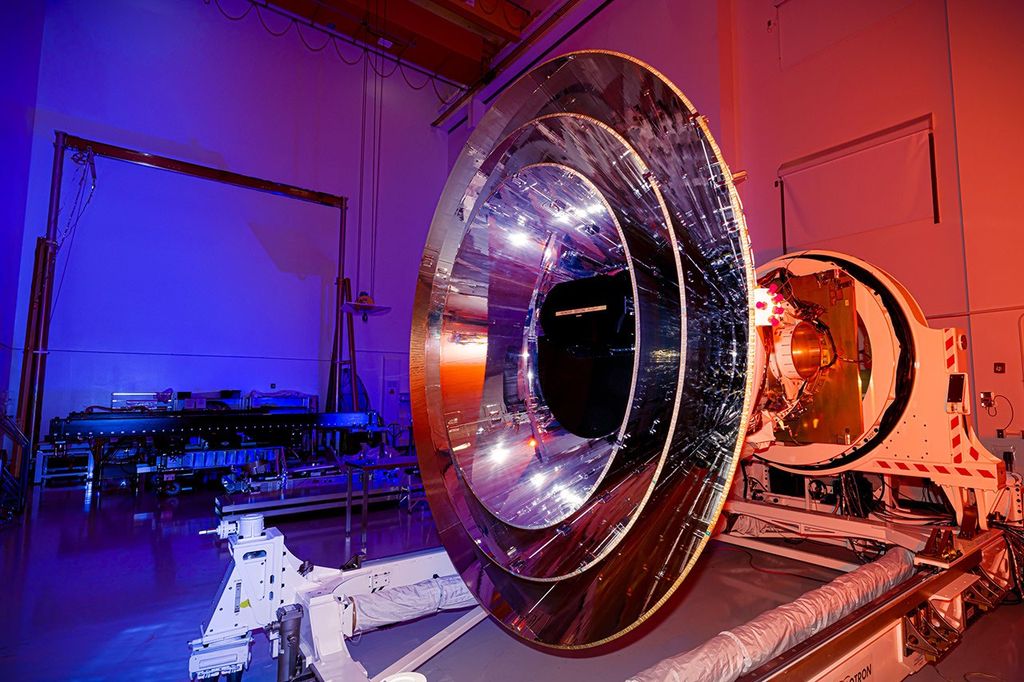1 min read
Exoplanet GJ 1132 b
This animation is an artist's impression of the rocky, Earth-sized exoplanet GJ 1132 b. Scientists using NASA's Hubble Space Telescope have found evidence this planet, which orbits a distant star, may have lost its original atmosphere but gained a second one through volcanic activity. Visible is the planet's smoggy, hazy atmosphere, which astronomers think contains a toxic mix of hydrogen, methane and hydrogen cyanide. The crust, which may be only a few hundred feet thick, is mottled, covered in cracks and volcanic fissures. The rocky surface is ablaze with ongoing volcanism from the planet's interior. Gases seeping through volcanic fissures seem to be constantly replenishing the atmosphere, which should otherwise be stripped away by strong radiation from the planet's nearby red dwarf star. Hubble detected the "fingerprints" of these gases in the star's light as that light filtered through the exoplanet's atmosphere. This data, combined with atmospheric modeling, allowed astronomers to hypothesize how this planet might look. It is too faint and far away to be photographed by Hubble.
- Release DateMarch 11, 2021
- Science ReleaseDistant Planet May Be On Its Second Atmosphere, NASA’s Hubble Finds
- CreditNASA, ESA, Robert Hurt (Caltech/IPAC)
Related Images & Videos

Artwork of Exoplanet GJ 1132 b
This is an artist's impression of the Earth-sized, rocky exoplanet GJ 1132 b, located 41 light-years away around a red dwarf star. Scientists using NASA's Hubble Space Telescope have found evidence this planet may have lost its original atmosphere but gained a second one that...
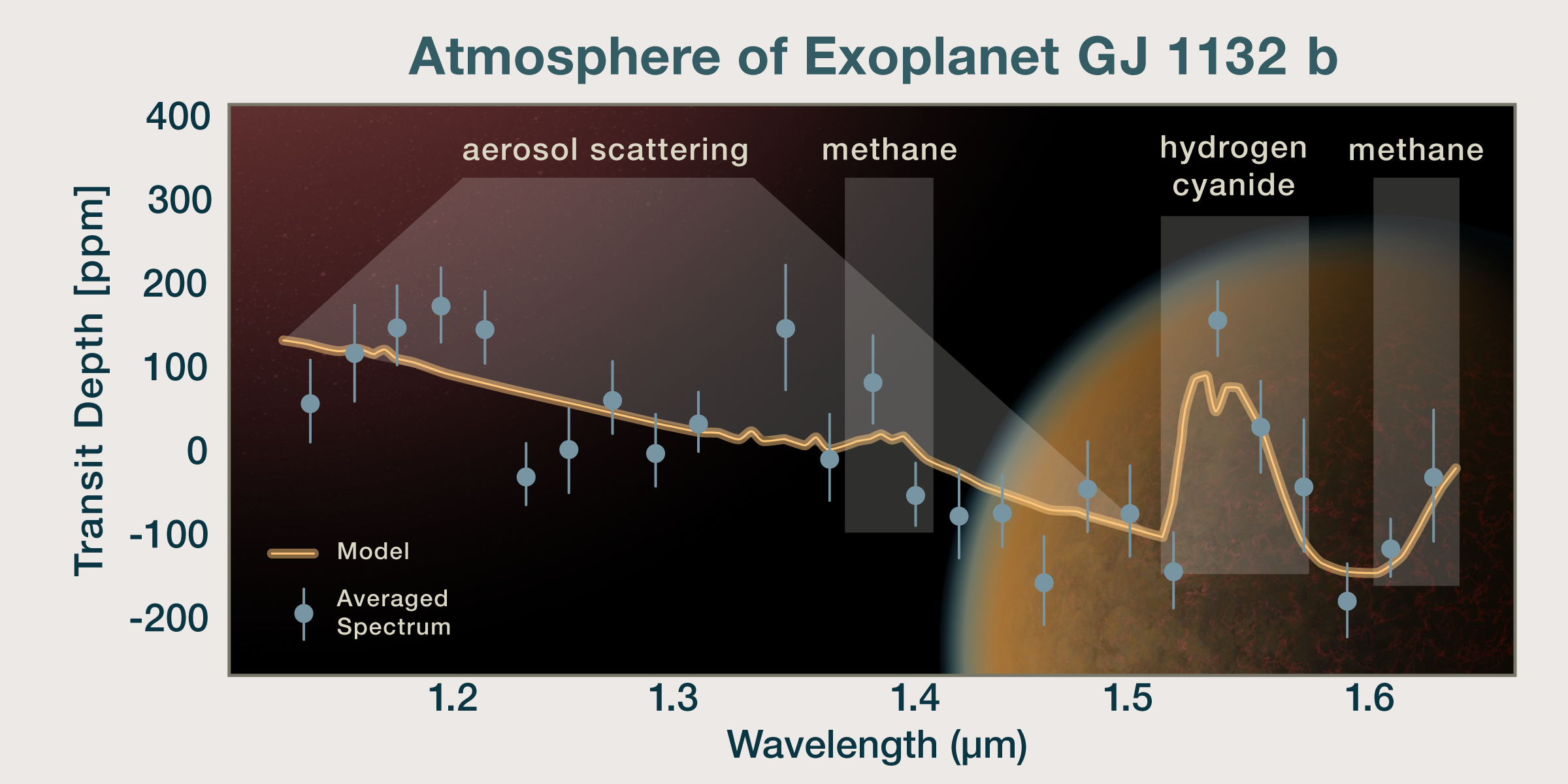
Spectrum of GJ 1132 b
This plot shows the spectrum of the atmosphere of an Earth-sized, rocky exoplanet, GJ 1132 b. The orange line represents the model spectrum. In comparison, the observed spectrum is shown as blue dots representing averaged data points, along with their error bars. This analysis...
Share
Details
Claire Andreoli
NASA’s Goddard Space Flight Center
Greenbelt, Maryland
claire.andreoli@nasa.gov






